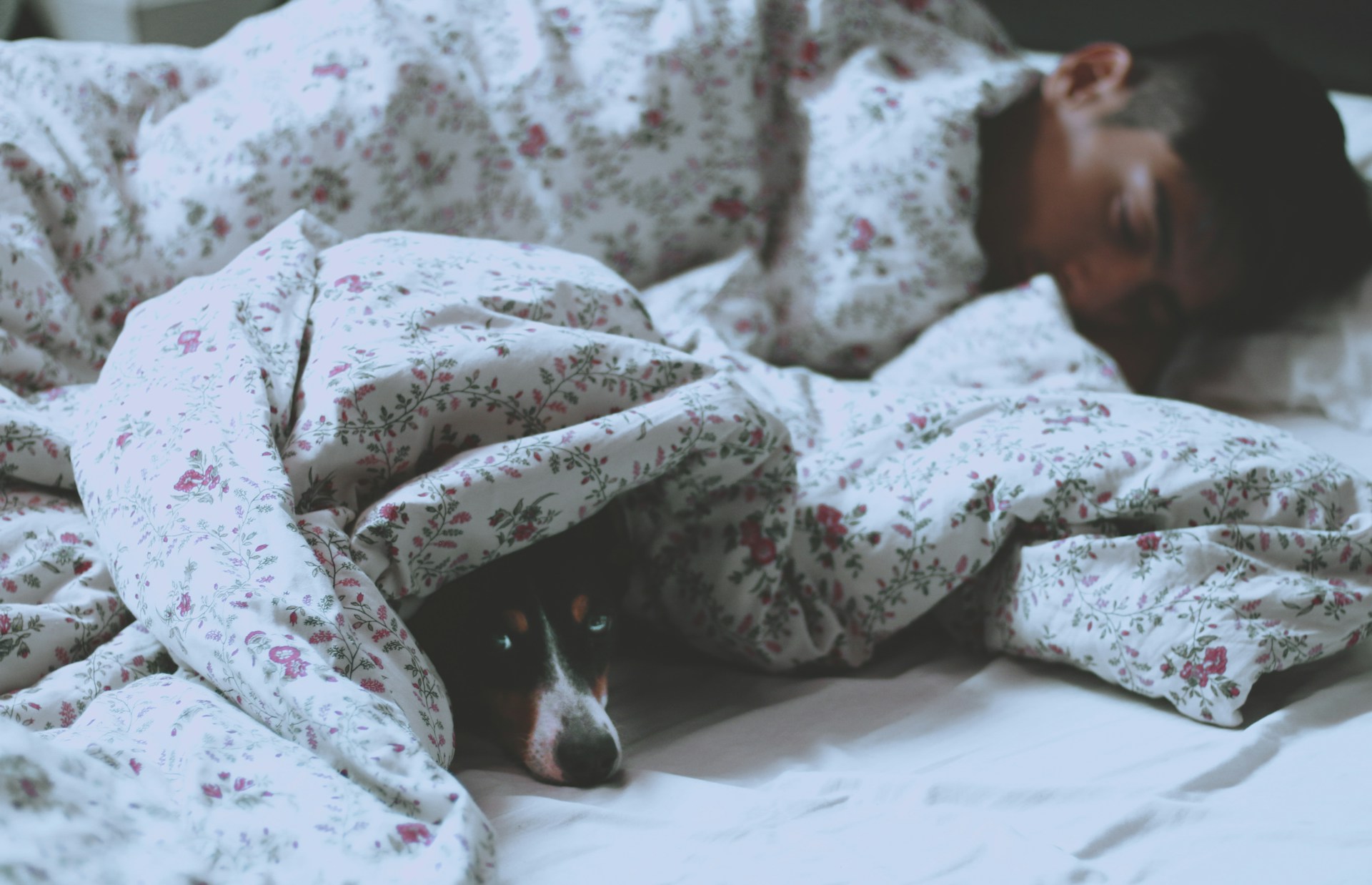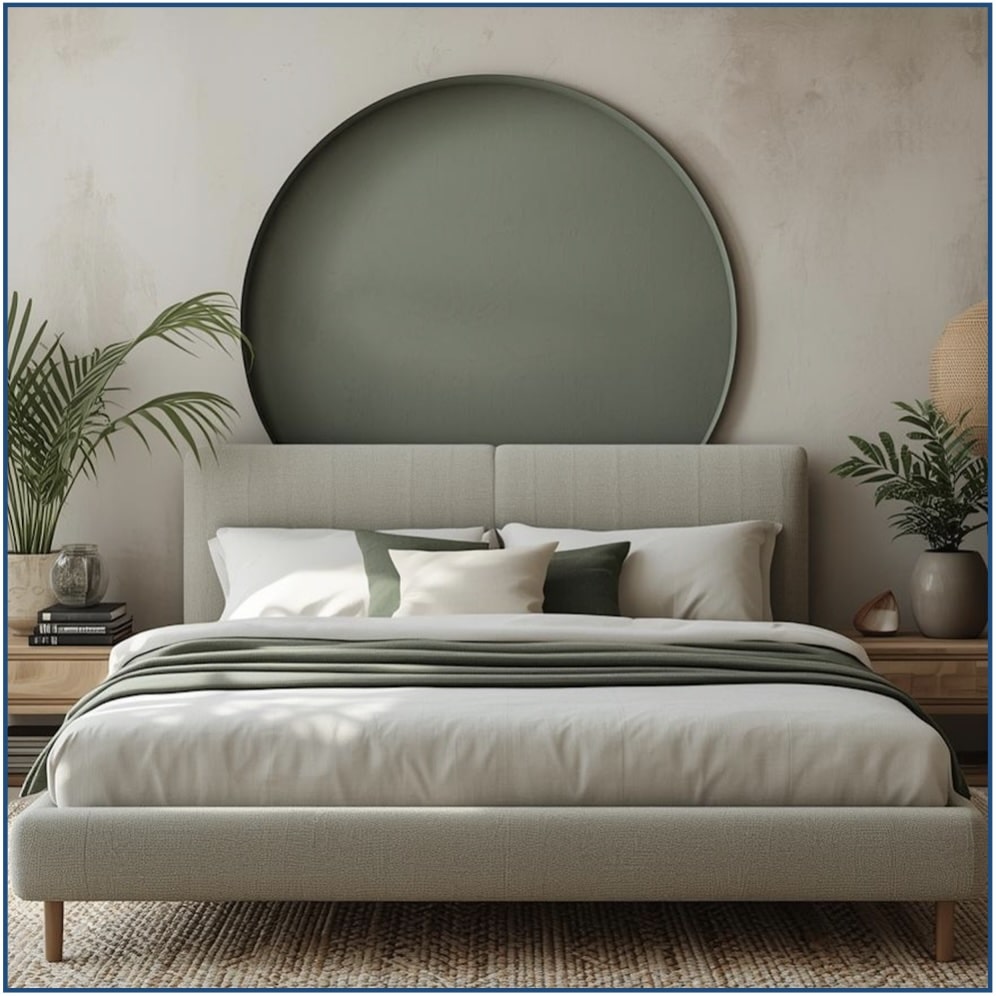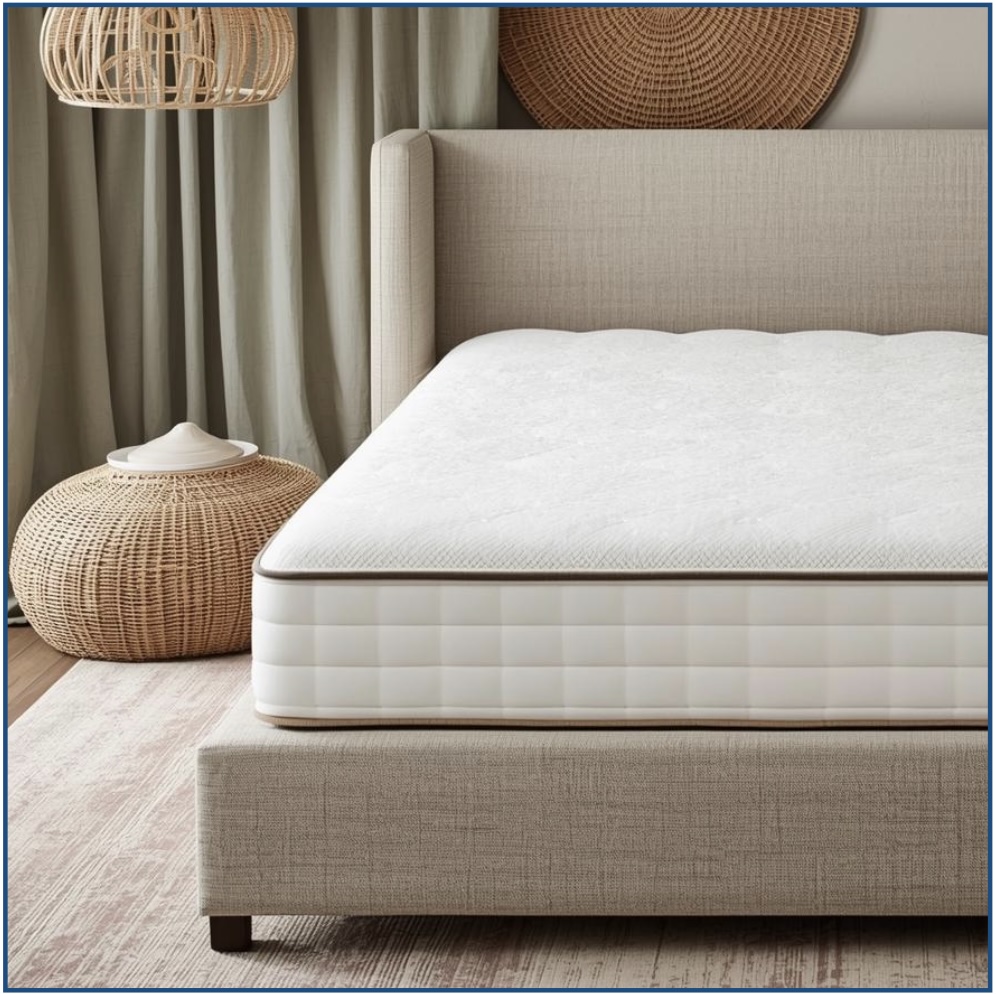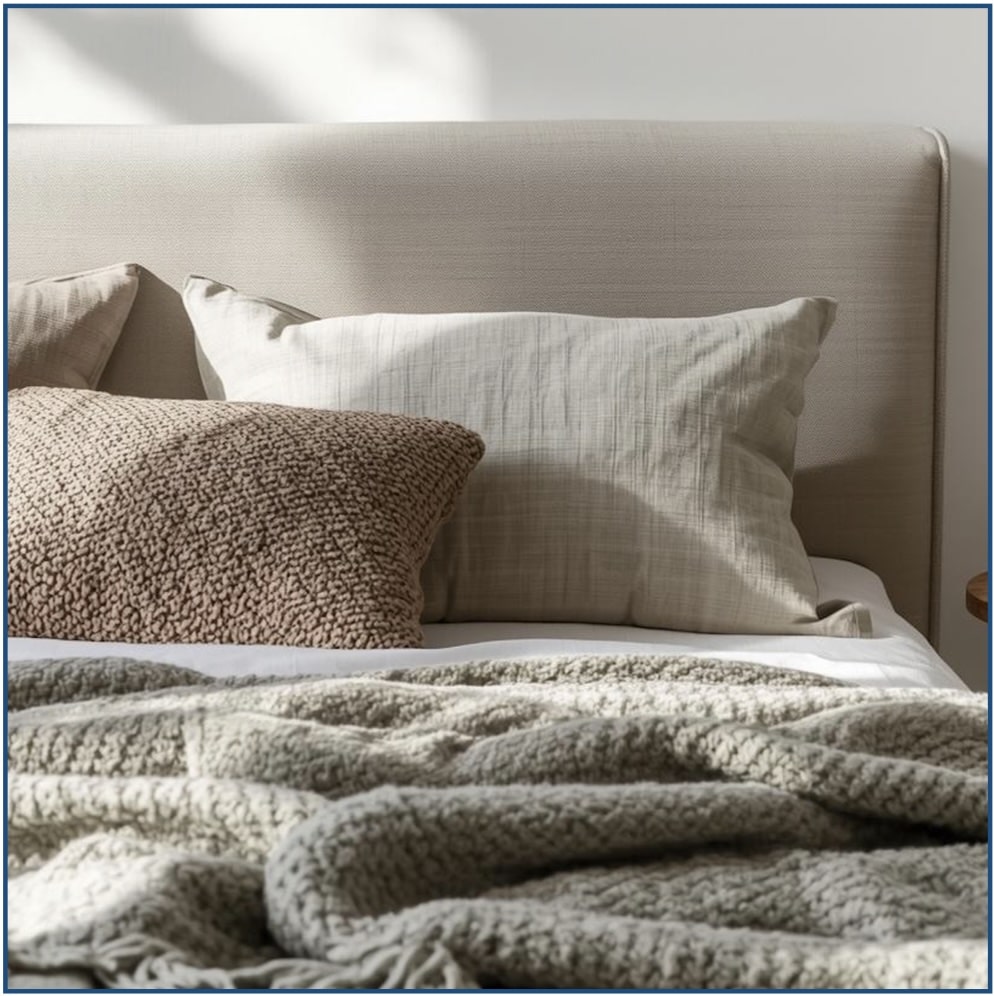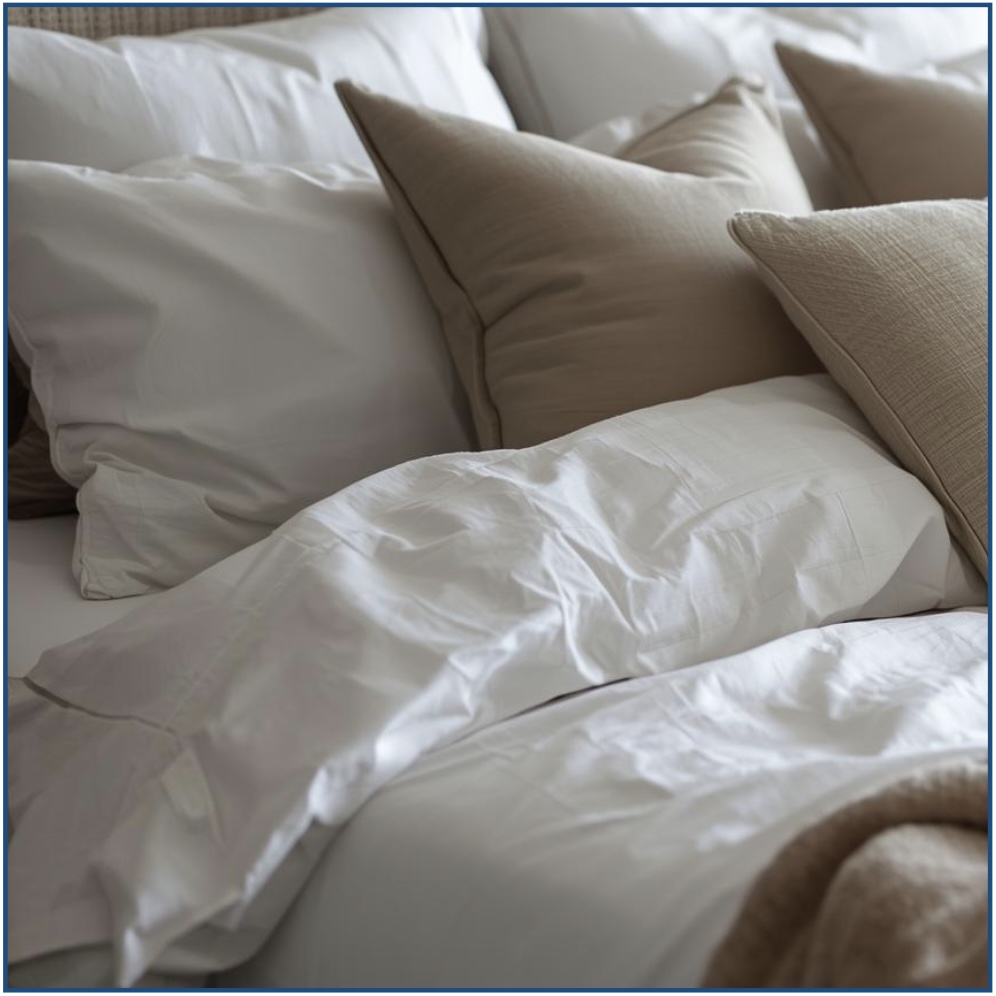We’ve all been there. Sinking into bed after a day to unwind in the embrace of sheets and fluffy pillows. However inviting it may seem though, our beds are actually habitats filled with bacteria and mites. Although many of these residents are innocuous, some can be harmful especially if your immune system is vulnerable. Let’s explore how to keep your bed a sanctuary for you—and not for the tiny invaders lurking within.
Bacteria: An Unwanted Feast
Every night while asleep our bodies naturally shed millions of skin cells which serve as a feast for dust mites and bacteria that thrive in our environment. One common bacterium found on our skin is Staphylococcus, a bacterium commonly found on our skin, is one of the main inhabitants of our sheets. Although mostly harmless for the majority of individuals, S.aureus can lead to skin problems, acne and even pneumonia in some cases. Hospital bedding can harbor bacteria such as E.coli known for causing urinary tract infections and other adverse health conditions.
Handy Tip! To maintain top notch cleanliness, at home, just like hospitals, make sure to wash your bed sheets every week using high temperatures to effectively eliminate bacteria.
Fungi: Thriving in Moisture
Your pillows are not just gathering bacteria, they’re also housing fungi, like the soil dwelling fungus called Aspergillus fumigatus. The warmth and moisture from sweat creates an environment for these fungi to flourish within your pillow fibres. Even after washing them multiple times, due to their ability to withstand temperatures as high as 50°C (122°F) they will still be there. Surprisingly when pillows undergo laundry procedures it inadvertently exacerbates the issue by promoting moisture levels that enable fungi growth further.
While individuals, with systems can generally manage the inhalation of these spores without issuea potential danger arises for those with respiratory ailments such as asthma This could result in the development of chronic lung conditions or severe infections, in critical instances
How frequently do you recommend replacing your bedding?
To keep your sleep space fresh and healthy it’s not just about washing your sheets, you also need to know when it’s time to replace your sheets or mattress covers and pillows based on how often you use them.
At Home: Make sure to switch out your bedsheets every 1 to 2 years if you use them on a daily basis as they can wear out over time and become less efficient, at keeping dust mites and allergens at bay.
Vacation Residences (for personal use): If you have a holiday home that you visit infrequently it is advisable to extend this period to 2 to 3 years; however remember to launder your linens after each visit, for a renewed feel.
Vacation Rentals: If you have holiday rental properties and your sheets are used often by guests. It’s crucial to switch them out at once a year or even more frequently for hygiene and your guests comfort levels! Remember to swap out your mattress covers on a basis to ward off allergens and bacteria buildup!
Looking to spruce up your bedding? Take a look at The Bed Centres selection of high quality sheets and mattress protectors! Our bedding doesn’t just boost your comfort. Also promotes a better sleep atmosphere for you to enjoy.
Mattress Covers: Essential Protection
Mattress covers offer a level of protection, against dust mites, bacteria and accidental spills, though they too have a lifespan and should be replaced periodically.
- At Home: Replace mattress covers every 2-3 years to maintain their protective qualities.
- Holiday Homes: In a holiday home used occasionally, this timeframe extends to 4-5 years. Still, regular cleaning after each visit is crucial.
- Holiday Rentals: In rental properties, mattress covers should be replaced every 1-2 years, given the higher turnover of guests and the increased exposure to potential contaminants.
Keep your mattresses in top condition by investing in high-quality, protective covers. They’re easy to wash, long-lasting, and help reduce allergens in the home.
Other Habits to Keep Your Bed Clean
Beyond regular washing and replacing your bedding, several habits can help keep microbes at bay:
- Healthy Habits: Showering before bed, avoiding dirty socks, and removing makeup and lotions can minimise the bacteria you bring to bed.
- Pets and Food: As much as you love your pets, keeping them out of the bed will help. And, no matter how tempting breakfast in bed sounds, resist! Food crumbs provide even more sustenance for your microscopic bedmates.
- Change pillows regularly: For those with respiratory issues, replace pillows every 3-6 months; for others, every two years will suffice.
By adopting these habits and replacing bedding as needed, you can significantly reduce the microbial load in your sleep environment, ensuring that your bed remains a place of comfort and rest, not a haven for invisible invaders.
Ready for a healthier bed? Visit The Bed Centre to browse our selection of quality bedding, pillows, and mattress protectors—everything you need for a fresher, cleaner night’s sleep.

